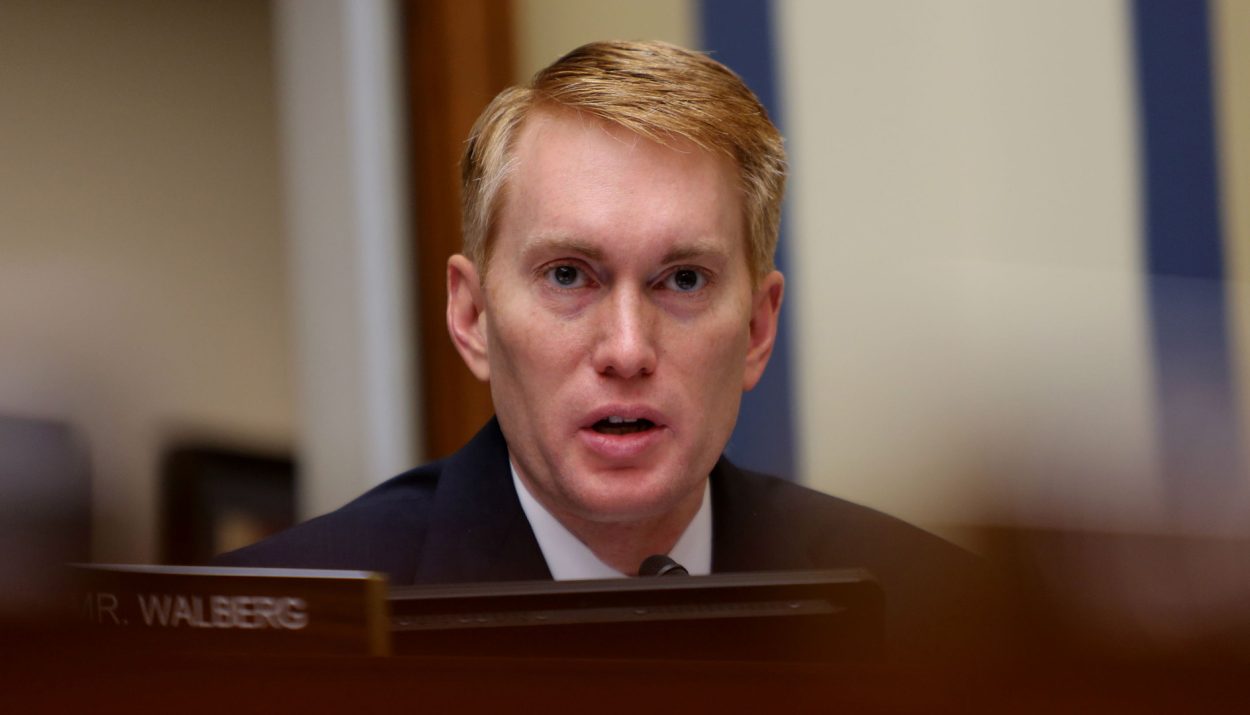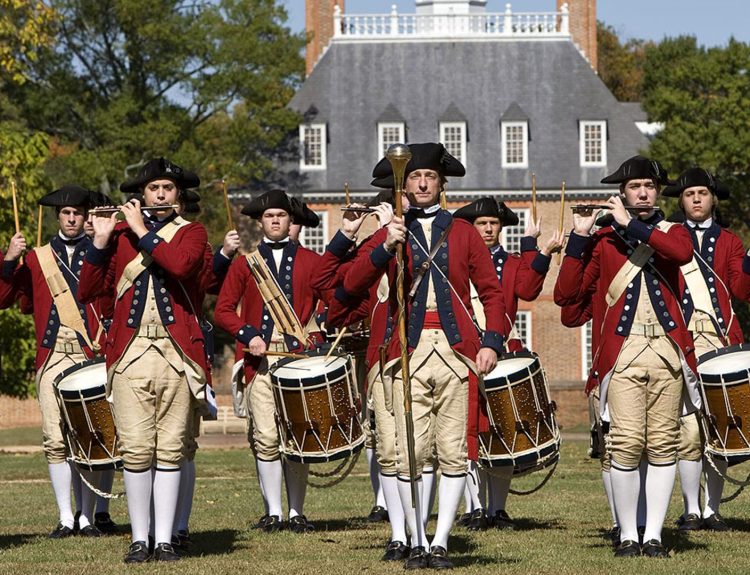As Americans moved their clocks forward an hour on Sunday for daylight savings time, US Senator James Lankford doubled down on his commitment to seeing the end of seasonal time changes.
Lankford, a Republican senator from Oklahoma, wants the U.S. to do away with the tradition he’s described as an old-fashioned First World War convention.
Veteran Inspires Push For Daylight Saving Reform
He’s been pushing for this change with his Sunshine Act, which got approval in the Senate but hasn’t been taken up by the House yet.
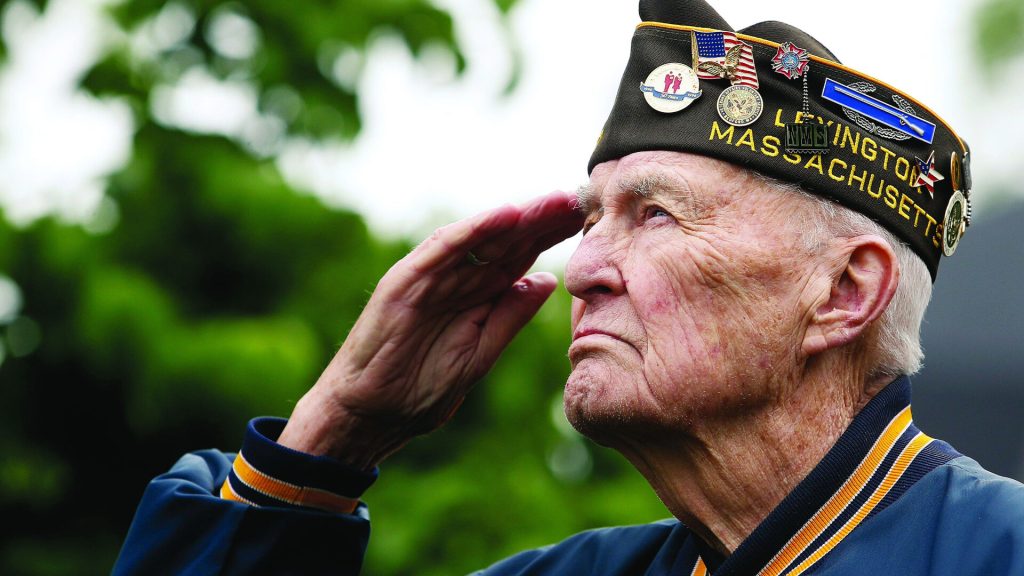
Lankford said on CNN’s State of the Union show that he wants to ‘start the dialogue’ again partly because of a conversation he had with a military veteran who hoped to see this change happen before he passed away.
Get Rid Of It Before I Die
“A few years ago during a Veterans Day parade, an older veteran watching the parade got up from his lawn chair, walked into the parade route, shook my hand, and said, ‘Before I die, would you end daylight savings time?'” Lankford recounted.

Lankford remembered telling the veteran, “That is not what I thought you would say.” The veteran replied, “I hate it. I’m in my 80s. I want you to get rid of daylight savings time before I die.”
Lock This Clock, Flick Your Lights On
Lankford said he told the veteran that he and Senator Marco Rubio had a bill to get rid of the time change which he termed ‘a relic’ of World War I, when the government wanted to add daylight hours to save energy.
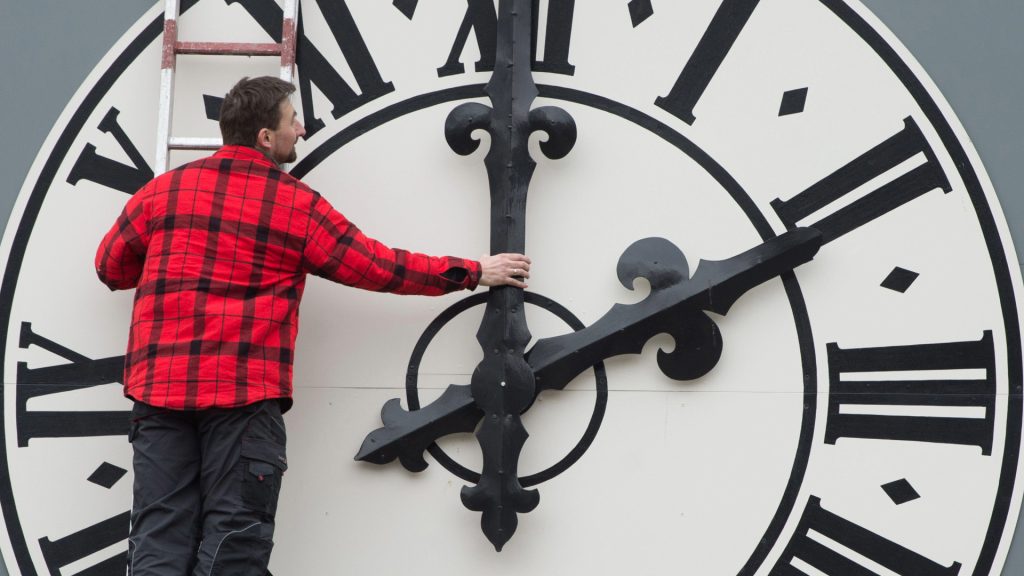
“We want to be able to lock this clock,” Lankford said. “A lot of people are annoyed by it … Let’s actually flick our lights on, and we can do this.”
Nothing Is Different In Arizona
Lankford mentioned how Arizona has chosen to keep their clocks the same all year round, without moving them forward in the spring or back in the fall. He pointed out that even though they’ve been doing this for a long time, everything still runs smoothly.
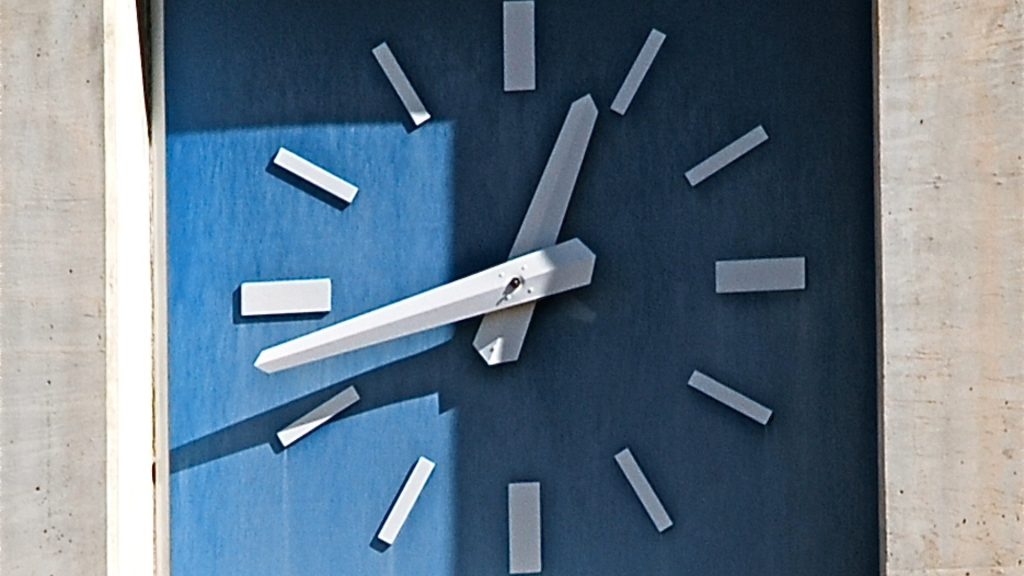
Kids still make it to school on time, and businesses keep running. In Arizona, people wake up without their clocks being messed up. Lankford’s remarks come as people are talking more about daylight savings time and its effects on health.
Clock Shifts Causing Heart Attacks
The American Heart Association recently said that there’s a marked increase in strokes and heart attacks in the days after we change the clocks forward by an hour. The American Academy of Sleep Medicine also wants the change because it disrupts our natural sleep patterns.

“Mounting evidence shows the dangers of seasonal time changes, which have been linked to increased medical errors, motor vehicle accidents, increased hospital admissions, and other problems,” the academy’s president, Jennifer Martin, said in a statement.
Bill Hits A Brick Wall At The House
Sen. Marco Rubio(R-Fla.) recently revived his attempt to make daylight saving time permanent ahead of this week’s time change. Rubio’s bill passed unanimously in the Senate in March 2022, but it hit a brick wall when it got to the House. Last year, Rubio reintroduced it as the Sunshine Protection Act of 2023.
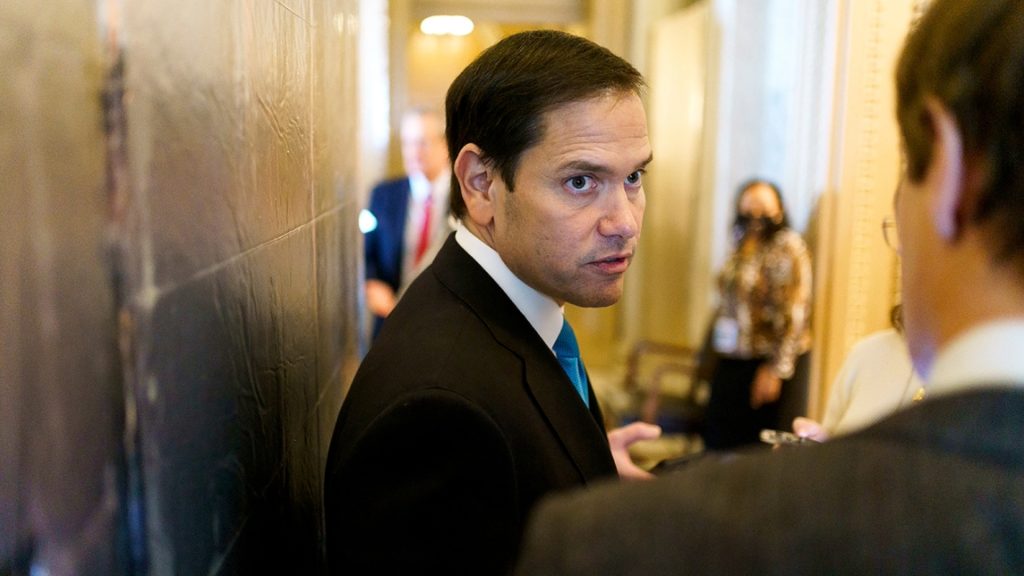
Representative Vern Buchanan from Florida, who is also a Republican, introduced a similar bill in the House last March. Rubio said on Tuesday that he’s still working hard to stop changing the clocks twice a year.
End This Stupid Practice!
“We’re ‘springing forward’ but should have never ‘fallen back,'” his statement said. “My Sunshine Protection Act would end this stupid practice of changing our clocks back and forth.”

Daylight saving time started March 10 at 2 a.m., and again we moved our clocks forward by one hour. Last year, on November 5, 2023, we set our clocks back one hour to start standard time.
Bill Will Affect Tourism And Farming
If Rubio’s law had passed, last weekend’s time change would have been the final one ever. We won’t have had to change our clocks back again in November, or ever again after that.

If daylight saving time becomes permanent, we’ll see later sunrises and sunsets in the winter. While it was widely supported in the Senate, some members worried about how it might affect places that depend on tourism and big farming areas.
Daylight Saving Time Legislation Updates
Rubio’s bill has been read twice and sent to a committee. Buchanan’s bill was sent to a smaller group within a committee soon after it was introduced.

“With Daylight Saving Time returning on Sunday, we should pass my Sunshine Protection Act to lock the clock and make it permanent,” Rubio posted on X, formerly known as Twitter.
Origin Of The Practice
Daylight Saving Time was introduced during World War I to save fuel. The US adopted it during World War II for the same reasons. The idea was to use daylight longer in the day and save energy.

Businesses benefited from the extra hour of daylight for shopping. Sports and recreation industries liked that it allowed for games to start later, boosting attendance.
Daylight Saving Time Becomes A Law
In 1966, the Uniform Time Act made it U.S. policy to observe six months of Daylight Saving Time and six months of Standard Time. This was to make sure all states were on the same page. Before then, cities and countries could decide whether or not to oblige to it.

As Nixon described his rationale for signing the bill into law in a Dec. 15, 1973, statement, “We have taken a number of actions to meet the energy crisis, and more will have to be taken. Many require inconvenience and sacrifice.”
It Will Save 150,000 Barrels Of Oil
In his statement, he stated that Daylight Saving Time throughout the year will save about 150,000 barrels of oil a day during winter months. He added that everyone was to be a part of it and termed it ‘a minimum of inconvenience’

But when the time change happened on Jan. 6, 1974, it raised concerns. One was the safety of kids walking to school in the dark.
Daylight Disaster Time
Eight children in Florida were involved in predawn car accidents after the time change. This led a TV commentator to coin the phrase “Daylight Disaster Time.”
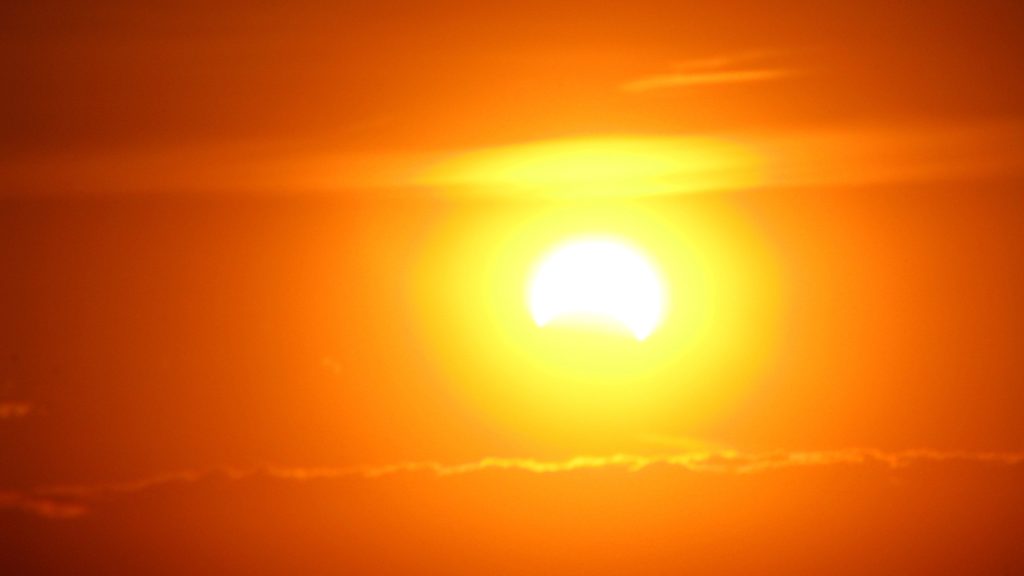
After just eight months, Congress went back to standard time. In 1986, the U.S. started observing seven months of Daylight Saving Time, and since 2007, it’s been eight months.

